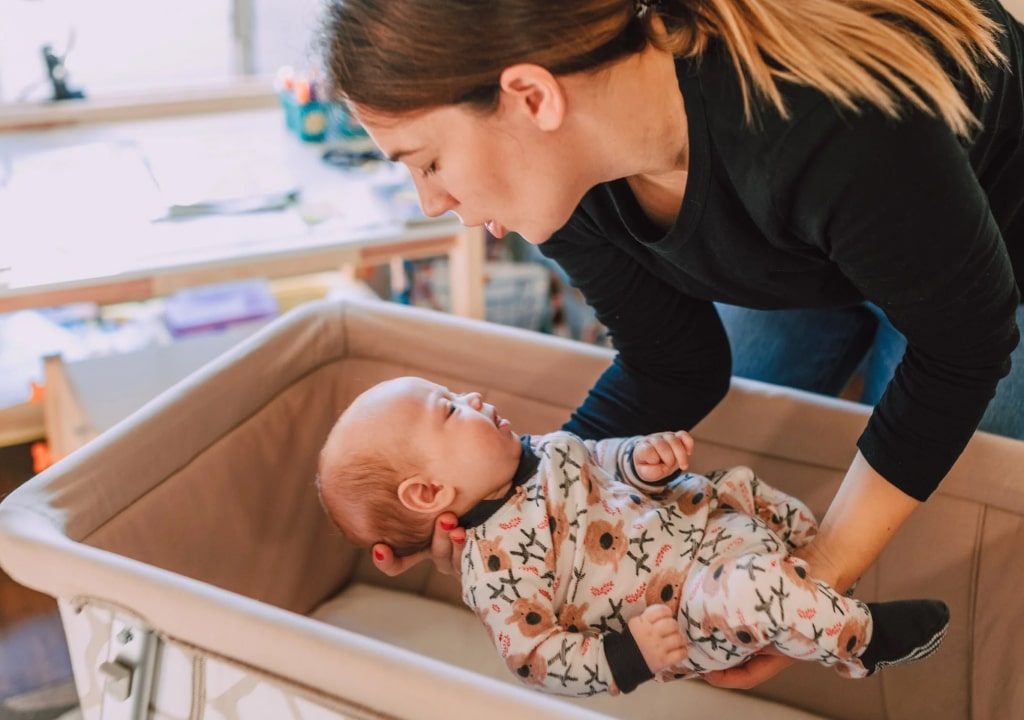Preparing for the arrival of a new baby is an exciting and sometimes overwhelming experience. Having a comprehensive checklist for each trimester can help you stay organized and ensure you’re ready for your little one’s arrival. Here’s a detailed pregnancy checklist to guide you through each trimester.
First Trimester (Weeks 1-12)

The first trimester is a critical period of significant changes and adjustments. Here are essential tasks to consider:
1. Confirm Your Pregnancy
- Take a home pregnancy test and schedule an appointment with your healthcare provider for confirmation.
- Begin prenatal care and establish a prenatal visit schedule.
2. Take Care of Your Health
- Start taking prenatal vitamins with folic acid to support your baby’s development.
- Avoid harmful substances like alcohol, tobacco, and excessive caffeine.
- Eat a balanced diet rich in nutrients and stay hydrated.
3. Educate Yourself
- Read books and articles about pregnancy to understand the changes your body will go through.
- Download pregnancy apps to track your baby’s development and learn more about each stage of pregnancy.
4. Plan Your Finances
- Review your health insurance to understand coverage for prenatal care and delivery.
- Create a budget to save for baby-related expenses, including maternity clothes, baby gear, and nursery setup.
5. Announce Your Pregnancy
- Decide when and how to share the news with family and friends.
- Inform your employer and learn about your maternity leave options.
6. Schedule Initial Tests and Screenings
- Schedule necessary prenatal tests, such as the first ultrasound and blood tests.
- Discuss any genetic testing options with your healthcare provider.
Second Trimester (Weeks 13-26)

The second trimester is often more physically comfortable and is a great time to prepare for the baby’s arrival.
1. Continue Prenatal Care
- Keep all prenatal appointments and monitor your baby’s growth and your health.
- Discuss any concerns or symptoms with your healthcare provider.
2. Start Planning the Nursery
- Begin organizing and setting up the nursery.
- Select and purchase essential baby furniture, including a crib, changing table, and dresser.
3. Create a Baby Registry
- Research and choose baby gear, such as strollers, car seats, and diaper bags.
- Set up a baby registry to share with family and friends.
4. Educate Yourself Further
- Consider taking prenatal classes, such as childbirth education, breastfeeding, and infant CPR.
- Join pregnancy support groups or online forums to connect with other expectant parents.
5. Take Care of Your Body
- Invest in maternity clothes that provide comfort and support as your body changes.
- Stay active with pregnancy-safe exercises, like walking or prenatal yoga.
6. Plan for Maternity Leave
- Finalize your maternity leave plans with your employer.
- Understand your rights and benefits under family leave policies.
Third Trimester (Weeks 27-40)

The third trimester is the final stretch. Focus on the final preparations for your baby’s arrival and your transition to motherhood.
1. Finalize Baby’s Essentials
- Wash Baby Clothes: Wash all baby clothes, blankets, and bedding using a baby-friendly, gentle detergent to ensure they are ready for use and free from irritants.
- Assemble Baby Gear: Assemble and organize essential baby gear, such as the crib, changing table, stroller, and any other furniture or equipment you’ve acquired.
2. Prepare for Labor and Delivery
- Pack a Hospital Bag: Pack a hospital bag with essentials for you, your partner, and the baby. Include items like comfortable clothing, toiletries, snacks, important documents, baby clothes, and blankets.
- Create a Birth Plan: Draft a birth plan outlining your preferences for labor, delivery, and postpartum care. Discuss this plan with your healthcare provider to ensure everyone is on the same page.
- Tour the Hospital or Birthing Center: If possible, tour the facility where you plan to give birth to familiarize yourself with the environment and procedures.
3. Set Up Postpartum Support
- Arrange Help: Organize help for the postpartum period, whether it’s enlisting family members, friends, or hiring a postpartum doula to assist with household tasks and baby care.
- Prepare Meals: Cook and freeze meals in advance to make the first few weeks post-delivery easier, allowing you more time to rest and bond with your baby.
4. Install the Car Seat
- Car Seat Installation: Install the baby’s car seat in your vehicle and have it checked by a certified car seat technician to ensure it's installed correctly for your baby's safety.
5. Attend Final Prenatal Appointments
- Regular Check-Ups: Continue attending your regular prenatal appointments to monitor your and your baby’s health.
- Schedule Necessary Tests: Complete any remaining tests and ultrasounds as advised by your healthcare provider.
- Discuss Labor Options: Have an in-depth discussion with your healthcare provider regarding labor and delivery options, including pain management preferences and any concerns you may have.
6. Focus on Self-Care
- Relaxation Techniques: Practice relaxation techniques, such as deep breathing exercises, meditation, or prenatal yoga, to help manage stress and prepare for labor.
- Get Adequate Rest: Prioritize sleep and rest as much as possible to maintain your energy levels and overall well-being.
- Stay Hydrated and Eat Nutritiously: Continue to drink plenty of water and eat a balanced diet to support your body and your baby’s development.
By focusing on these tasks in your third trimester, you'll be well-prepared to welcome your baby into a safe, comfortable, and loving environment.










